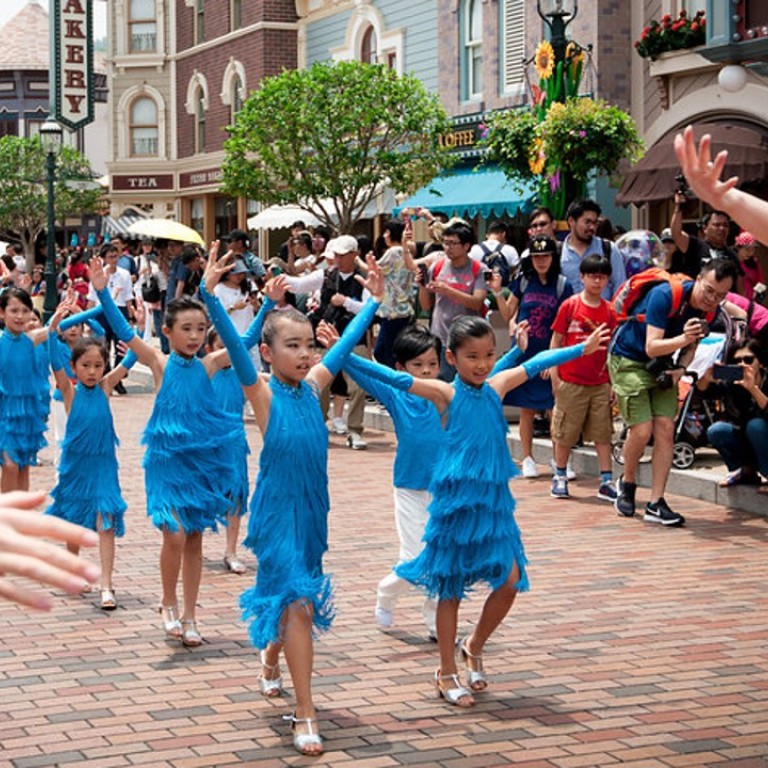
Meet the ballroom dancer leading shy Hong Kong schoolchildren clear of ‘cookie cutter’ and ‘little box’ syndrome
Latin American ballroom specialist Joshua Keefe draws from his own experiences of being a shy child, having a shy dancing partner and mentoring a shy supermodel in Dancing With The Stars
Just because your child is underperforming in the classroom does not mean they are destined for mediocrity, says the founder and director of Move For Life, a dance organisation aimed at empowering Hong Kong’s children.
“In Australia there was either academics or sport, and if you weren’t good at either of those, there was the arts,” said Joshua Keefe, a retired international top-ten Latin American ballroom dancer and living proof that there is a life outside of textbooks.
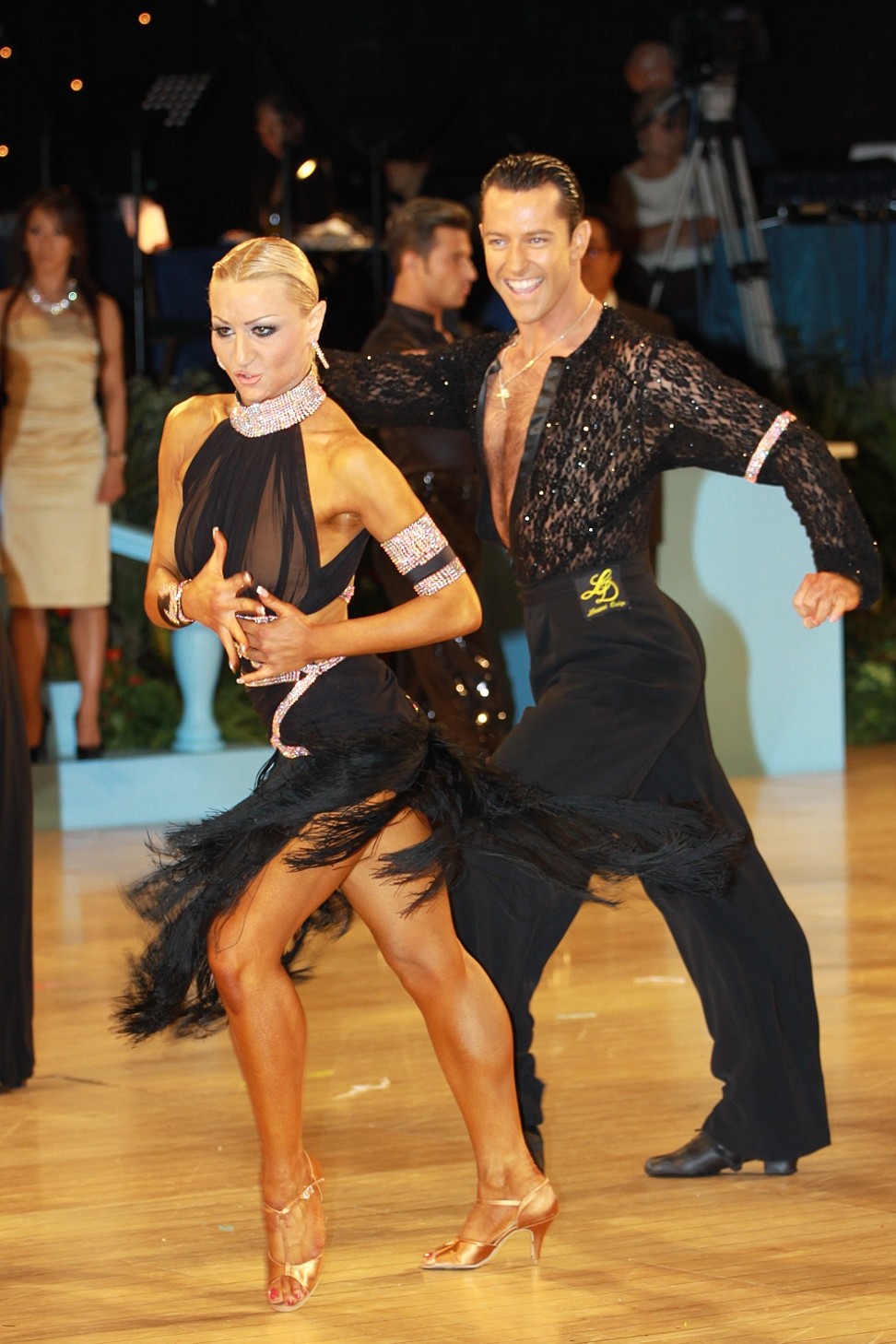
As it turns out, Keefe still went to university but his dancing – or what he calls his “confidence” – always beckoned. He received elite coaching around the world as a teen and, alongside partner Sara Magnanelli of Italy, went on to compete on the world ballroom circuit until retiring in 2014.
The Aussie opted to train amateurs and professionals in Hong Kong because “it was such a superficial environment for so long, I thought I had to give back a little bit.”
“Families here don’t feel the arts are so important, but how are you going to be creative and problem-solve? There is this whole push for individuality in Asia but you need teamwork and those soft skills,” he added.
Embarking on a professional dancing career was and is certainly no easy feat, but Keefe’s intention is not to breed the next generation of Shakiras; it is to give the youth an outlet for self-expression. Cue Move For Life.
“It’s all about empowering [children] through dancing. We create curriculums for little kids all the way to 18 and we focus on confidence, creativity and social interaction with others so they don’t just grow up in their little boxes.”
Move For Life has six international-scale dancers from Australia, England, Hong Kong, New Zealand and The Philippines, specialising in Latin, hip-hop and ballroom dancing.
There are currently 11 local and international schools working with the company as a part of their extracurricular activity programmes, including Yew Chung, Stamford International and Kellett College.
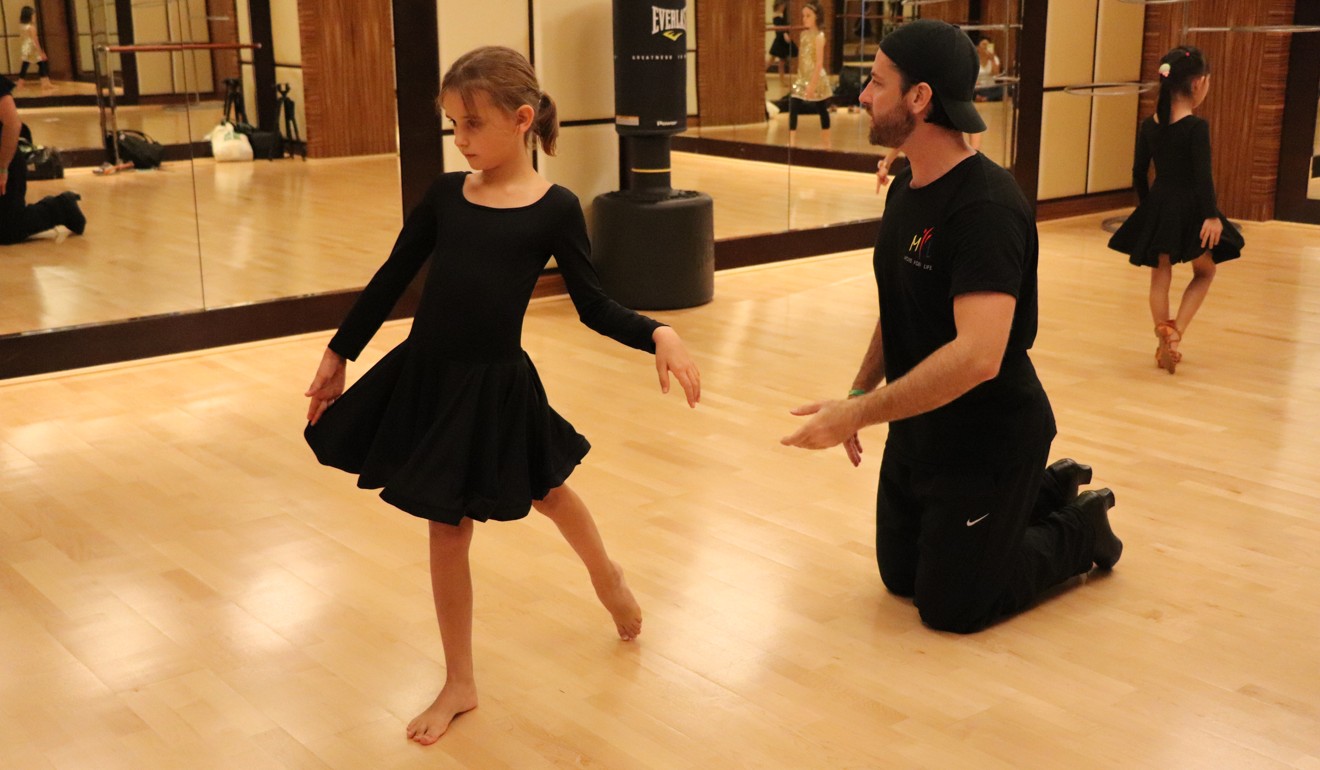
“It’s not a cookie cutter – I don’t think the world works like that. Let’s say you go on to do shows and competitions: you need to be different because you do what your personality and body can do. How are you going to do that if your teacher can’t push you in the right direction? It’s like telling everyone to write the same book.”
Another key facet is encouraging Hong Kong kids to shimmy away from self-doubt, something that Keefe has experienced on all stages – even as dance partner to an Australian supermodel on Dancing With The Stars in 2015.
“I was paired with Samantha Harris but she was so scared the whole time. Apparently on the way there she had called her agent and said ‘I can’t do this’.
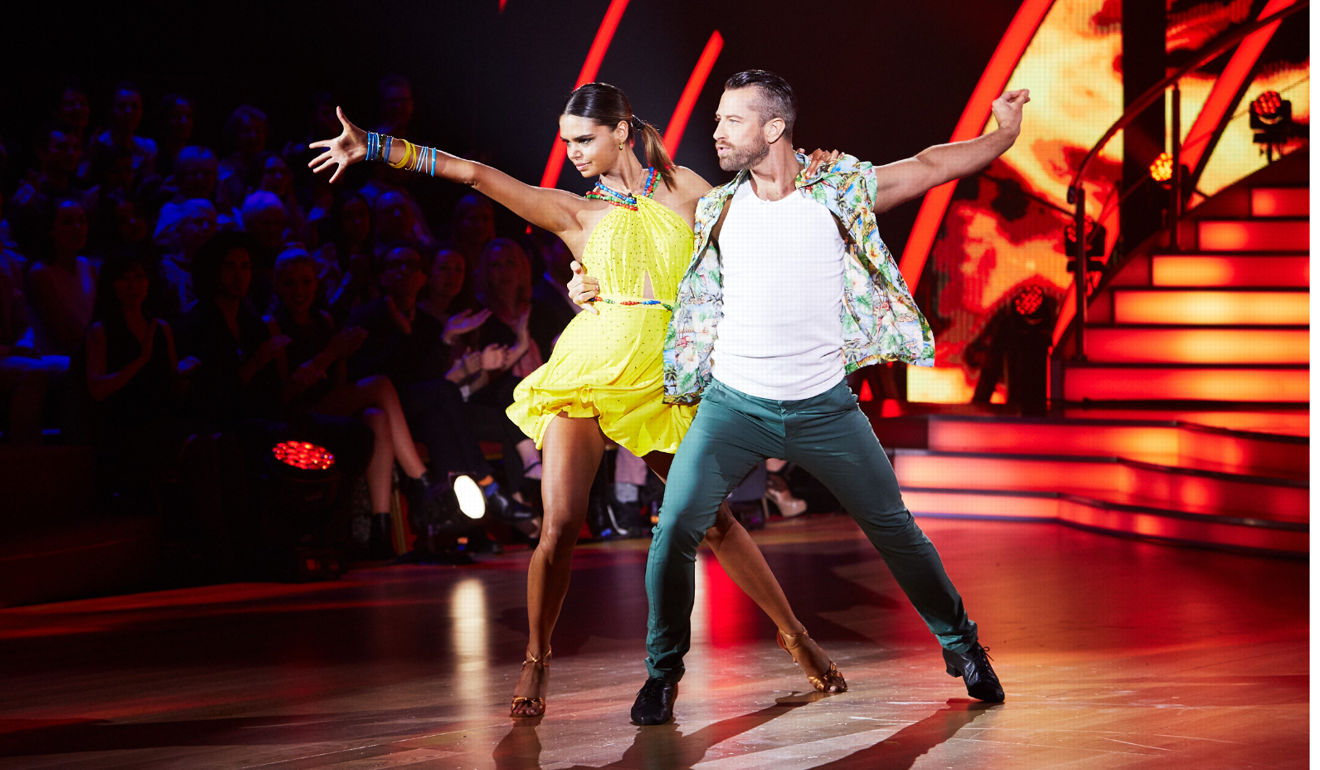
“We clicked after a day or two and I knew I had seen this before,” he recalled. “It was basically building up her confidence throughout the [competition] – and this is a model, her job is to be the envy of everybody yet she was petrified. I thought, ‘are you kidding? I look like a potato next to you and I’m the one telling you that you’re great and beautiful ...’
“My dancing partner is also quite shy until you put her in a dress – then she’s good to go,” Keefe added. “It’s because they build up the knowledge and start to believe through trust.”
And while stories of self-realisation and blooming capture the imaginations of some, traditional Hong Kong parents remain doubtful. As with all sporting or out-of-school activities, they want to see physical evidence of success.
“Sometimes parents enrol their two-year-olds in a class and ask us ‘where is the progression?’ and we’re like, ‘but she’s two, maybe we should build-up a love for dancing first,” Keefe said. “They’re quite results-oriented but we know how to make that happen – you have to trust a little bit.
“The thing is, they might not be dancers. It may lead to theatre, singing, choreography, visual arts ... because they feel that part of them needs to be nourished. If they struggle with it and it may not be their thing, the confidence [they acquired] will help push them into something.”
Keefe expressed his excitement at the “underrated” Hong Kong-China dance scene and hopes the city can start sharpening its level of quality. He and his team will continue to put on showcases in and around Hong Kong, ranging from choreographing Disney parades to volunteer summer camps in Mainland orphanages.
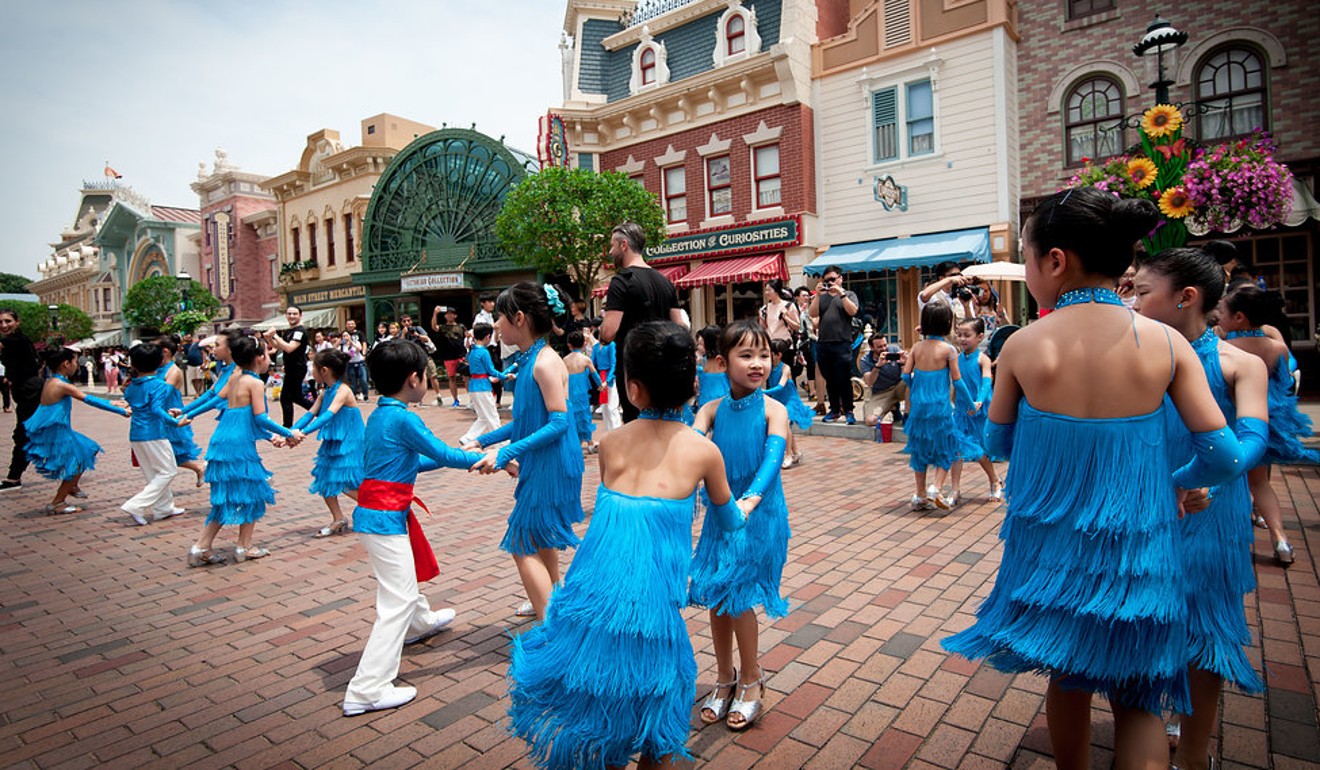
“Eventually we’d like to work with more schools to do something a bit more curriculum-based,” Keefe added. “Hopefully we can get local and international students to say school is actually quite cool, it’s not just about reading books and ticking boxes.”

